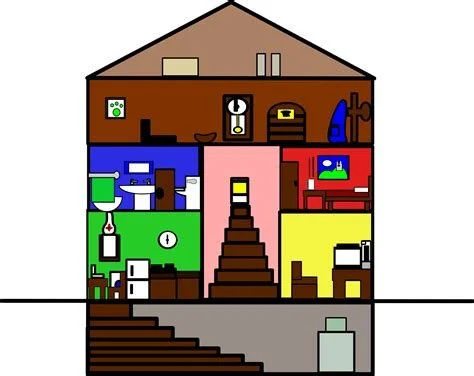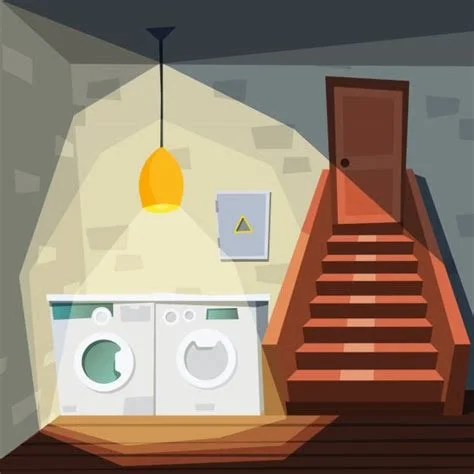
Envirocheck NW-Where Remediation Meets Renewal, Paving The Way To A Healthier Home.
What Is Mold?
A Guide to Mold, Moisture And Your Home or Business
All homes have the key ingredients needed for mold growth: the presence of mold spores, a surface for it to grow on, oxygen, warmth, and darkness. When you add moisture, whether from a water leak, stagnant water, or high levels of humidity, into the mix, that’s where mold problems begin. Knowing where mold is commonly found in homes can help you prevent and treat it so you can keep your home and body healthy.
You may not spend much time in these rooms of your home. Not only does this mean you’re less likely to notice mold, it also means that mold is more likely to grow due to poor ventilation. This, combined with the dark, cold nature of attics, basements, and garages, makes mold highly probable.
The U.S. Environmental Protection Agency advises; If you have water damage, and/or mold growth that covers more than 10 square feet, a specialty mold contractor is highly recommended to remove the Mold safely. Visit EPA Here.
Mold is, by broad definition, a type of fungus that sprouts from microscopic spores floating in the air. When clusters of mold spores grow on surfaces, they start to reproduce and become visible to the human eye. If you have mold allergies, asthma, or another lung condition, even breathing in the microscopic pores can trigger an attack. If you don’t, you may not even be aware that there is mold in your home until you see it or smell it (a damp, musty odor is a good indicator that mold is growing nearby).
Mold And Health Concerns
Most of the time, when you're no longer exposed to mold, health problems tend to resolve. Nevertheless, in certain cases, exposure can result in enduring health issues. Breathing in mold spores can have severe repercussions on your well-being, especially when the mold is disturbed, causing spores to disperse into the air in significant quantities.
Risk Factors
Living in a house with high humidity. Having indoor humidity higher than 50% can increase mold in your home. Mold can grow virtually anywhere if the conditions are right — in basements, behind walls in framing, on soap-coated grout and other damp surfaces, in carpet pads, and in the carpet itself. Exposure to high levels of household mold can trigger mold allergy symptoms.
Working or living in a building that's been exposed to excess moisture. Examples include leaky pipes, water seepage during rainstorms and flood damage. At some point, nearly every building has some kind of excessive moisture, which can encourage mold growth.
Living in a house with poor ventilation. Tight window and door seals can trap moisture indoors and prevent proper ventilation, creating ideal conditions for mold growth. Damp areas — such as bathrooms, kitchens and basements — are most vulnerable.
Where Mold Can Be Found







